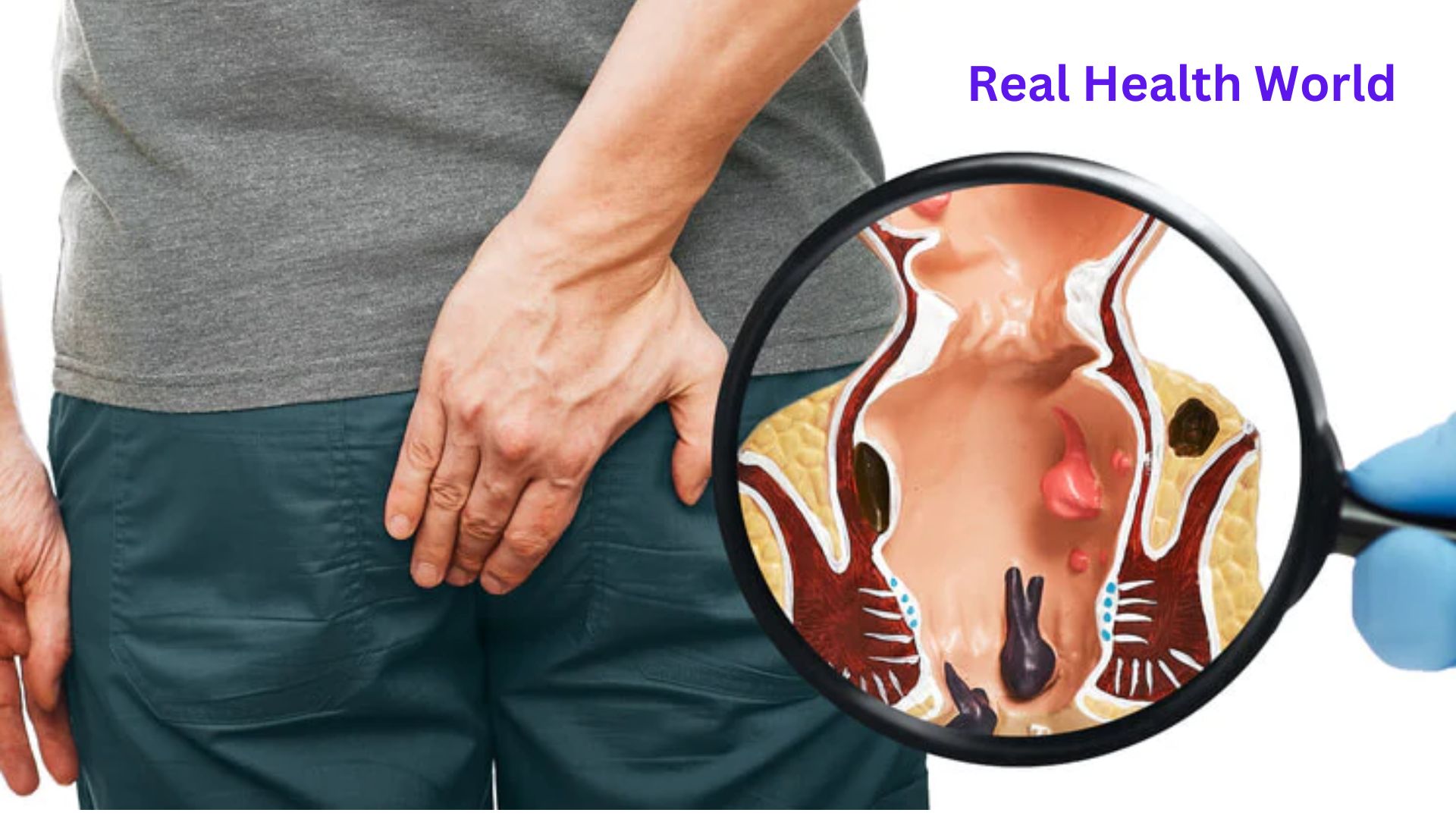Piles is one of the complex diseases of the stomach. The disease takes a complex form through different stages. If the disease is identified and treated at the right time, it is possible to get rid of it.
The symptoms and actions of piles have been explained in detail by Dr. Dr., a specialist in colon and rectal surgery. AKM Fazlul Haque.
When these veins in the anus become infected and inflamed, the pressure causes hemorrhoids or piles to become inflamed. Which is commonly called hemorrhoids.
Hemorrhoids are generally of three types namely-
Anal ectopic disease
End or internal hemorrhoids
Sometimes both conditions can coexist.
Internal hemorrhoids or piles swelling outside the anus are divided into 4 stages.
Stage I (piles do not bulge out or prolapse)
Stage II (piles swell out after bowel movements and then resolve on their own)
Stage III (piles swell and self-fix)
IV prolapse (piles bulge out or prolapse and cannot repair themselves)
The main causes of piles are chronic constipation, chronic diarrhoea, prolonged sitting on the toilet and prolonged standing. Besides family history, low intake of fibrous food, carrying heavy loads, obesity, reduced physical activity. During pregnancy, anal sex, liver disease or cirrhosis of the liver increases the risk of disease. After all, since there is no valve in the portal venous system, any of the above causes pressure on the veins in the anal region causing piles.
The symptoms that are seen in hemorrhoids are: In the intestinal or internal hemorrhoids of the anus, there is usually no pain, discomfort, on the other hand, in the external hemorrhoids, the anus is itchy, it hurts when sitting, bright red blood is seen with the stool or fresh blood sticks to the defecation tissue, in the stool. Pain, swelling of one or more lumps around the anus.
How to detect piles at home?
- bright red blood after you poo.
- an itchy anus.
- feeling like you still need to poo after going to the toilet.
- mucus in your underwear or on toilet paper after wiping your bottom.
- lumps around your anus.
- pain around your anus.
Read more from Real Health World
